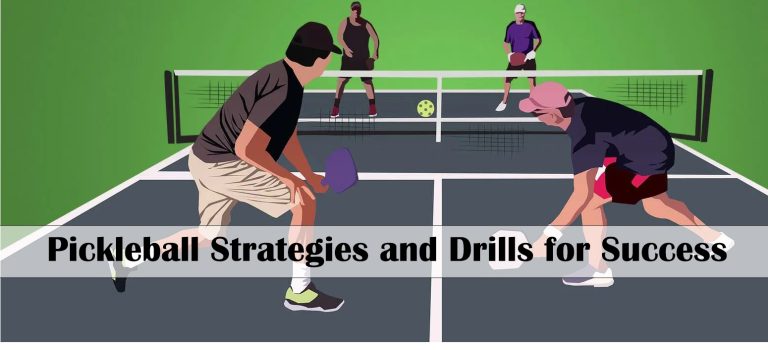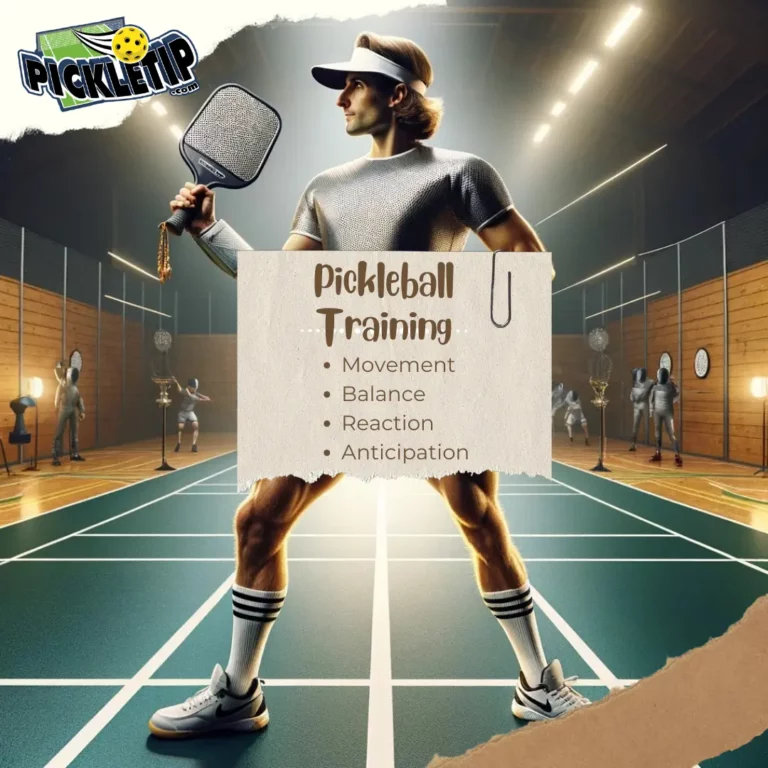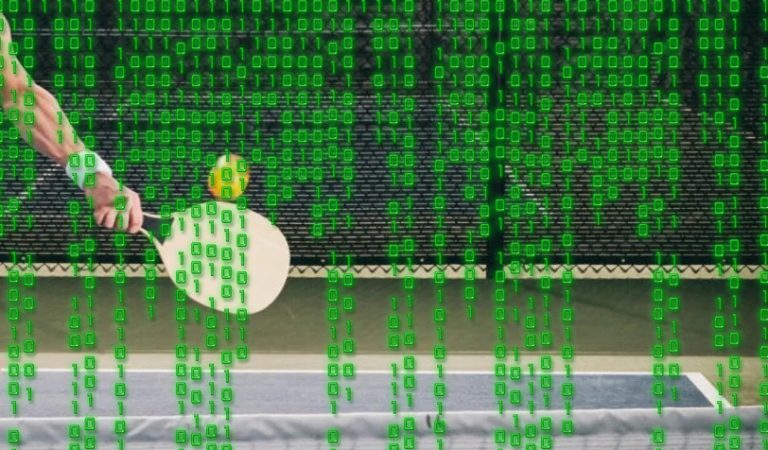How to Hit a Pro Serve in Pickleball | for Advanced Players
Mastering the Pro Serve: How Pro Players Hit Their Serve in Pickleball
In pickleball, the serve is not just a way to start the point. Pro players turn it into a strategic weapon. By mastering the Pro Serve, pickleball players can gain an advantage over opponents who expect a standard serve.
The Importance of Depth and Power in the Pro Serve
Depth and power are the most critical elements in a successful Pro Serve. Hitting a deep serve pushes the opponent back, making their return more challenging. A powerful serve reduces the time they have to react, increasing the chance of a weak return.
Focusing on depth and power is more effective than emphasizing spin or precise placement. While spin and placement have their uses, they can introduce inconsistencies. A flat, deep serve with consistent power often outperforms a serve that relies on spin alone.
Should You Focus on Spin or Placement in the Pro Serve?
Spin and placement are secondary to depth and power in the Pro Serve. Controlling spin requires precise wrist action, which can be difficult to maintain consistently. Placement, while important, is less effective if the serve lacks depth and power.
Since the Chainsaw serve is no longer allowed, relying on spin has become less advantageous. Concentrate on hitting deep serves with power before incorporating spin or complex placements into your serve.
Mastering the Mechanics of the Pro Serve
Weight Transfer and Body Engagement
Using your entire body is essential in executing a powerful Pro Serve. Transfer your weight from your back foot to your front foot during the swing. Engage your legs and core to add stability and power. This approach reduces the strain on your arm and wrist, leading to a more consistent serve.
Following through with a step into the court prevents you from relying solely on your arm. It encourages full body involvement, which is crucial for the serve. After the serve, be sure to take a step back in preparation for a deep return.
Optimizing Your Stance and Ball Drop
Your stance affects how effectively you can execute the serve. A closed stance helps incorporate your legs and core into the swing naturally. While stance can be a personal preference, starting with a closed stance can be beneficial.
The ball drop should be from hip height. Dropping the ball instead of tossing it reduces variables like wind and inconsistent heights. This practice leads to a more reliable serve because you can predict where the ball will be.
Generating Topspin with a Low to High Swing
A low to high swing path is essential for producing topspin in your serve. Topspin allows you to hit the ball harder while keeping it within bounds. It provides more margin for error, enabling you to achieve greater depth and power.
Developing a heavy topspin Pro Serve should be a priority before experimenting with slice serves. Topspin gives you an edge by making the ball drop faster after crossing the net, complicating your opponent’s return.
Advanced Techniques: Grip Adjustment and Wrist Cocking
Advanced players can enhance their serve by adjusting their grip. Switching to a full western grip increases the amount of topspin and power you can generate. Since you have time before the return, changing your grip is practical and advantageous.
Wrist cocking is another advanced technique. Cocking your wrist during the serve can provide better control and stability. While keeping the wrist open might offer slightly more power, the increased risk of unforced errors often outweighs the benefit. Prioritize control to maintain consistency in your serves.
Strategic Serving: Gaining the Advantage with the Pro Serve
The Pro Serve is not just about power and mechanics; it’s also about strategy. Serving with a plan can disrupt your opponent’s game and give you the upper hand.
Shift your mindset from trying to ace every serve to aiming for an advantage in the point. Consistency is key. Strive to make over 90% of your serves in singles and 95% in doubles. A consistent Pro Serve puts pressure on your opponent and reduces your unforced errors.
Use your serve to exploit your opponent’s weaknesses. If they have a weaker backhand, serve to that side. Against teams that stack, serve short with spin that kicks wide to complicate their formation. Also placing deep, heavy Pro Serves into the corners can lead to short returns, setting you up for success.
Common Questions About the Pro Serve
Why is depth more important than spin in the serve?
Depth pushes your opponent back, making their return more difficult. Spin can be inconsistent and less reliable. A deep serve consistently challenges your opponent, increasing your chances of winning the point.
How can I improve the power of my serve?
Engage your legs and core during the serve. Transfer your weight from back to front. Follow through with a step into the court. These actions add power without over relying on your arm.
Is it beneficial to adjust my grip for the serve?
Yes, adjusting to a full western grip can increase topspin and power. Since you have time between serves, grip adjustments are practical and can enhance your serve.
What role does wrist cocking play in the serve?
Wrist cocking provides better control and stability in your serve. It reduces unforced errors by ensuring the paddle face is correctly aligned at impact. While it might slightly reduce power, the increased control is often worth it.
Elevate Your Game with Pro Serve Techniques
Mastering the Pro Serve can transform your pickleball game. By focusing on depth, power, and strategic placement, you gain a significant advantage over your opponents. Incorporate these techniques into your practice routine. Over time, your pickleball serve will become a powerful tool that sets you apart on the court.







